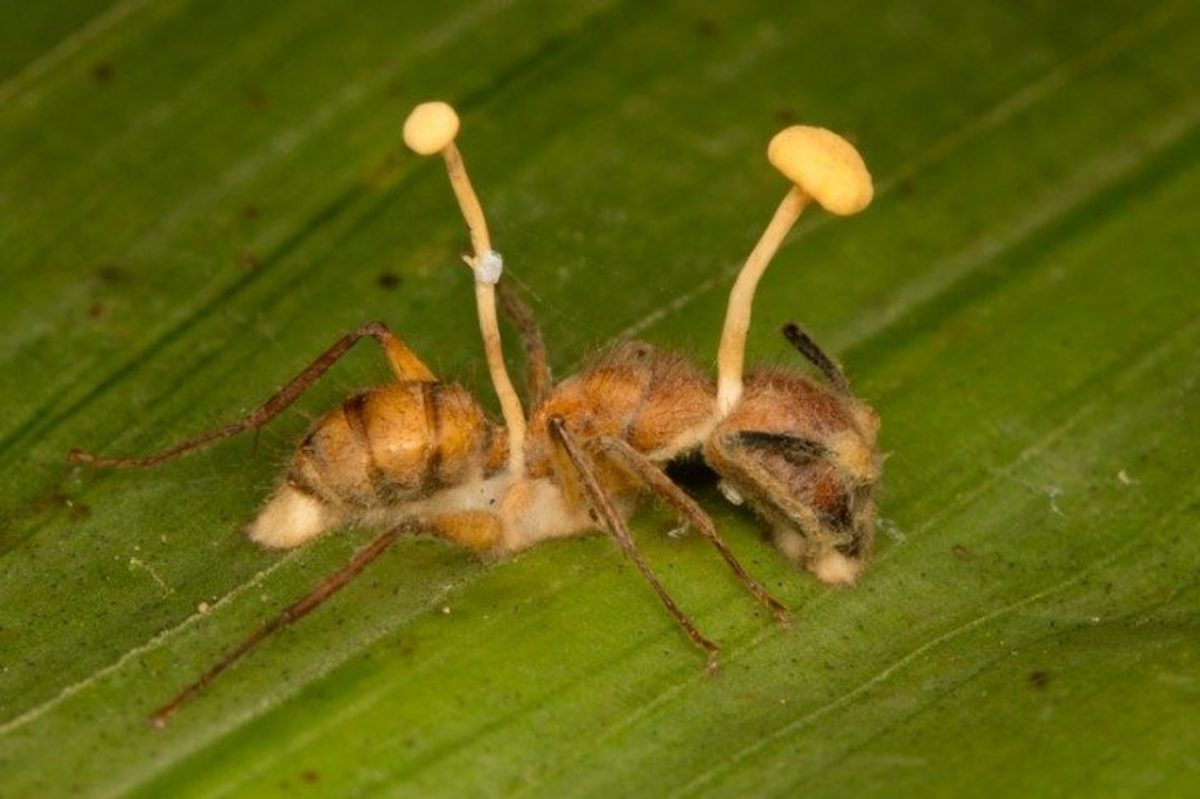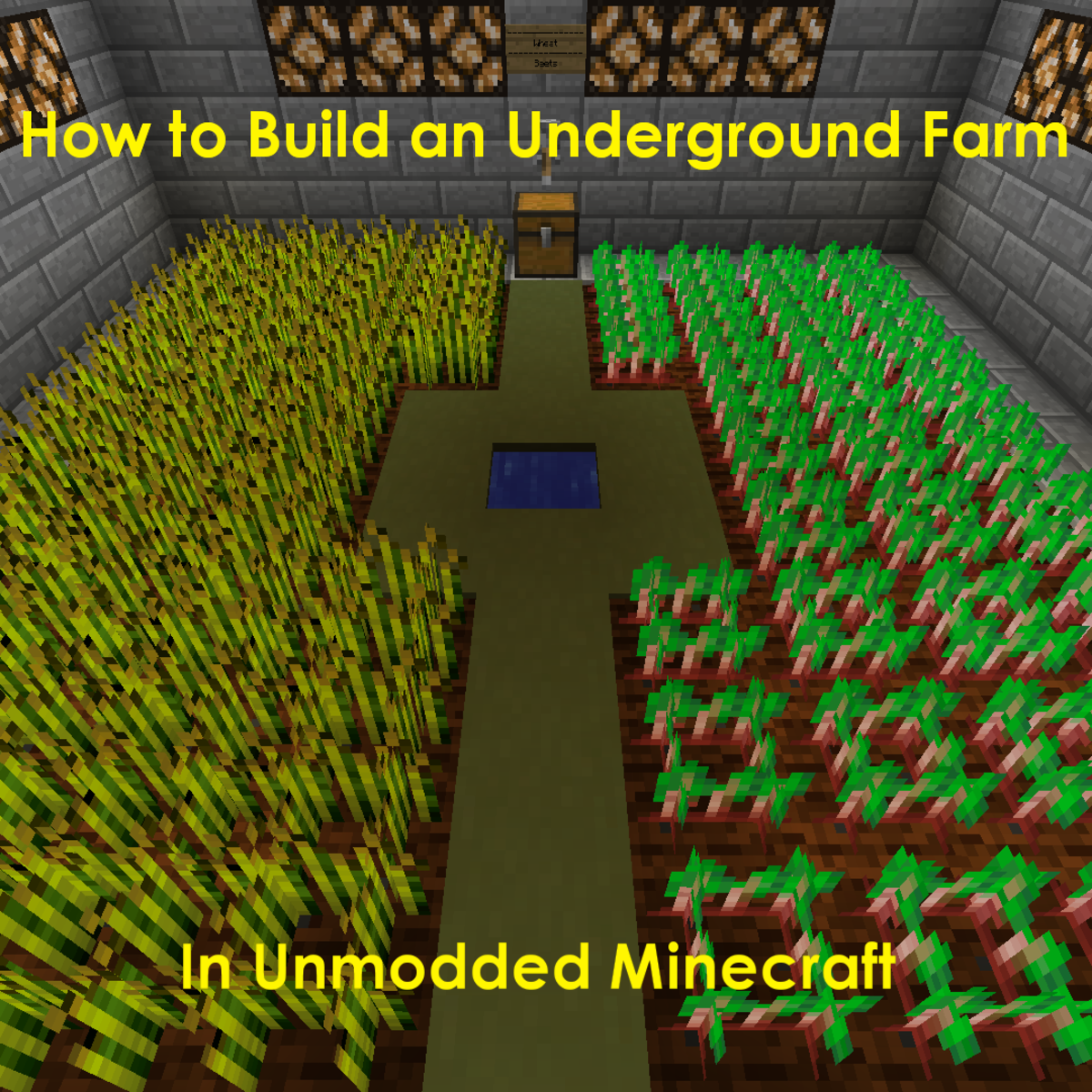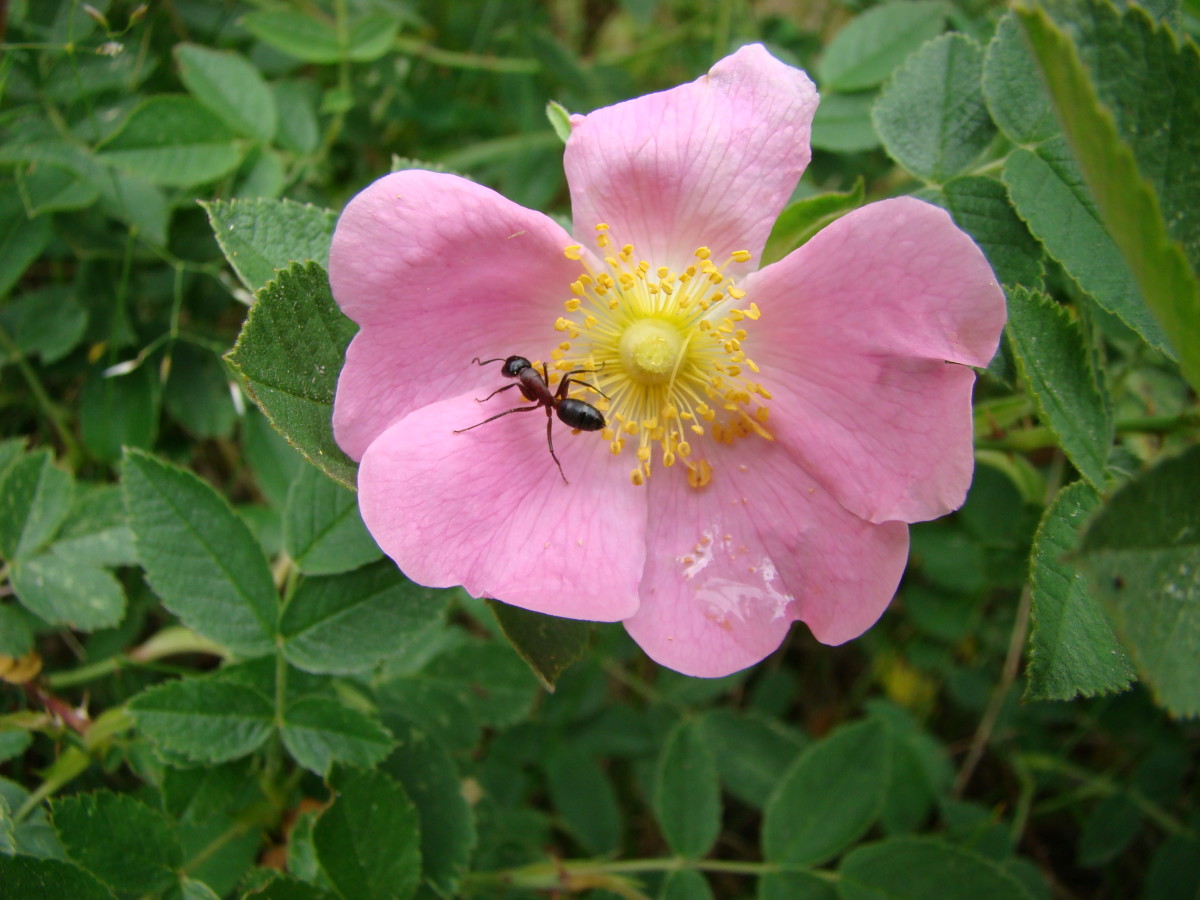Backyard Fun: How to Build an Ant Habitat
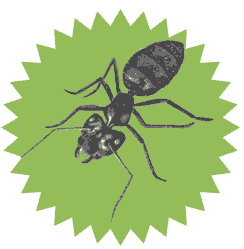
Learn how to make an ant habitat with this backyard outdoor activity
Why would anyone build an ant habitat or have an ant farm? Aren't ants nasty pests? The kind you'd rather not have around? The easy answer is that making an ant farm is a quick science fair project. It's also a fun educational outdoor activity for kids.
Making an ant farm is a great science and nature Earth Day project
Earth Day comes with Spring and with spring comes an interest once again in the outdoors. A great way to celebrate Earth Day is to gain a deeper understanding of the workings of one nature's creatures and who better than the ant? They have so much to teach us. An ant habitat provides a unique and fun way to observe and learn.
What type of ant farm is best?
There are many types of ant habitats and ant farms. Some you buy, some you build. We are focusing on an easy-to-make ant habitat that uses common household items. Having an ant habitat is a great way to study ants and learn about the ecosystem. This is an inexpensive way to watch ants do their thing.
But ants?
- Image credit: Maine.gov - Ants

Why Ants?
Ants are busy creatures and have a lot to teach us
Ants talk. They also work, eat insects, create tunnels and, in some instances, break down dead wood. Most are honest, hard-working insects but, like humans, there are some ants who have a bad habit of stealing. This type of ant steals the eggs and larvae from other ant species and is aptly called the "thief" ant. Then there are the ants that make those funny donut-hole shaped mounds that are on the grass. They are the Turfgrass ants. Did you know there are about 11,000 species of ants in the world? Now that's a whole lot of ants.
Ants are very social creatures and can provide hours of fun. Ants are also teachers. Ever hear the story of The Ant and the Grasshopper?
You know, the one where the grasshopper hangs around all summer lounging on a leaf, singing, playing the fiddle and making fun of the ant? And the ant, who is busy gathering food for the winter, keeps his head down and works, works, works.You know the rest. Winter comes. The food is gone. The ant happily munches on his stockpiled food while the lazy, unprepared grasshopper must now beg the ant for food. Don't you know that ant had the last laugh?
- Image Credits.1) Ant & Ant Body Parts from What To Do About Houshold Ants, John Molstad, University of Minnesota Extension Service 2) Image of The Ant and the Grasshopper from Aesop's Fables/Project Gutenberg extext 19994
The Ant and The Grasshopper retold by Graham Percy - Part of a Series on Aesop's classic Greek fables

A Walt Disney Silly Symphony - The Grasshopper and the Ants - Fun video about ants and what they teach us
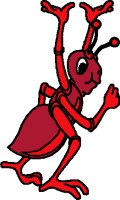
What Do You Need to Make an Ant Habitat?
Supplies needed for this inexpensive backyard science project
The most basic of ant habitats can be made with the following household items:
ANTS BITE. WEAR GLOVES & WATCH OUT FOR FIRE ANTS.
- a large glass jar
- a soft drink can
- black construction paper
- tape
- sand
- dirt
- ants from an ant hill
- piece of sponge
- food scraps and water
- gloves, a necessity
Of course, there are other items that can be helpful. It's very important that the ants get water. Some people like to use a pipette. Others find a bug vacuum that will not harm the ants comes in handy when it's time to move the ants from their mound.

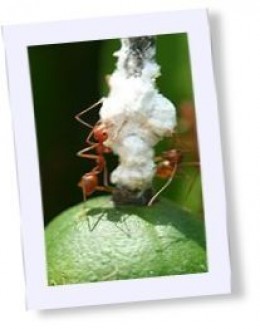
How Do You Make a Simple Ant Farm?
Easy-to-find household items transformed into an ant farm
Ants are pretty much low maintenance. The simplest of habitats will keep them busy. After you gather the items, do the following steps to create an ant habitat.*.
- Fill the soft drink can with sand.
- Seal the opening with tape or use an unopened can of soda.
- Put the can into the glass jar
- Next, fill the rest of the glass jar with dirt and ants. Do not pack the dirt too tightly, but fill the entire jar. The ants won't be able to enter the can, so they'll build tunnels around it near the outside of the jar where you can see them.
- Place a wet piece of sponge on top of the soft drink can, and be sure to keep it moist.
- *Important: Cover the jar with a piece of cloth secured with a rubber band so the ants cannot crawl out.
The black paper taped around the outside of the jar will force the ants to tunnel against the dark sides of the jar.
*The above steps are taken from Exploring Houston with Children by Elaine L. Galit and Vikk Simmons

What Happens After the Ant Habitat is Made?
Ants provide hours of entertainment
The ants are in the jar, the habitat is finished. Now what?
Observation is the key to understanding the ants. Grab a camera and a notebook and start watching the ants. Even though it may be a week or so before the ants have their tunnel complex, there's a lot of opportunities to watch and interact with them. Ants need food and water. It's okay to remove the paper for short periods to observe the ants' behavior, too. Tale photos, make notes, and always date everything so you have an accurate record.
Go ahead and place food scraps on top of the dirt. What happens? Pretty soon you'll know which foods attract the ants. Try offering sugar water, dry pet food, even pieces of fruit. Always be sure you give the ants water, too.
Remember: Wear gloves. If you need to pick up an ant or move the little critter, there is always the potential for a bite.
Easy Backyard Science Experiments for Kids - Watch as kids make an ant farm from household items.
Are Ants Tunneling Through NASA Gel? - New Ant Farms Use NASA Gel
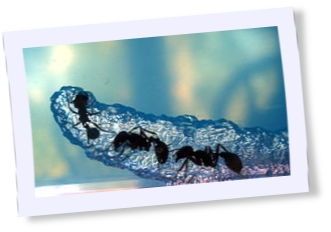
- Photo by Steve Jurvetson (Flickr) [CC-BY-2.0], via Wikimedia Commons.
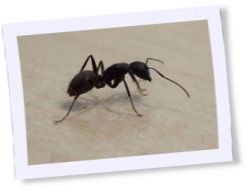
Ready to Buy a Commercial Ant Farm?
Things to remember before you buy your ant farm
If you're ready to get super-serious about this whole ant business, then maybe it's time to purchase an ant farm. Here are a few things to keep in mind as you go forward.
- If you use the enclosed certificates that come with commercial ant farms, it can take several weeks to receive your ants. You also do not get a queen ant which means you will not have baby ants and will have to reorder ants.
- Often if you order your ants directly instead of using the certificate--you will pay--the ants arrive much faster.
- If you decide to collect your own ants, do not collect fire ants. They are not kid-friendly. Know the difference before you start.
- Wear gloves when working with the ants. They do bite.
- Ants thrive in normal temperature: no freezing, no heating them up. You can, however, cool them down to get them a little sluggish but do NOT leave them in the refrigerator and do not forget about them. 15 minutes is long enough.
- FOLLOW DIRECTIONS when setting up the ant farms.
Where Do I Find Live Ants? - Sources for live ants other than your backyard
Buy live ants to start or refill your ant farm. Or maybe you need some live ants for a science project. Here's a few sources.
- Ant Farm Central
These are the ideal ants for your ant farm. They're Western Harvester Ants Pogonomyrmex occidentalis. These worker ants are 5-6mm long and easily big enough to watch as they go about their daily routine of tunnelling, cleaning up, feeding and communi - Live Ants
The ants come in tubes and are ready to start work right away. - Ants Alive
Their ants are guaranteed to arrive live and are good for ant farms and ant habitats. You can also buy food for the ants, too.

Want to Know More About Ants? - More about ants, their behavior, their homes for science projects
- What's an Ant Farm?
More information for the budding Ant Farm Expert - What to feed ants in an ant farm.
Did you know some ants can pull foods back to their homes that weigh 50 times more than they do? - Enjoyed making your ant habitat and ready to learn more?
For the beginning ant enthusiast, habitats can be separated into two main categories, purchased or enthusiast built. - Ant Science Project Resource
Want a few ant ideas for a science project? Check here. - Ants by science writer Mary Hoff
Quadrillions of ants. They crawl over the rocks by the dock. They pile up sand on the sidewalk. They scurry across the kitchen floor. City or country, outdoors or in, ants are everywhere!
Does Your Child Like to Read About Bugs? - These books about ants answer the questions
Do You Know a Fashionista Bug Girl? - Even a bug girl's gotta have her style on
If you're going to go bug hunting or flower planting, good backyard tools are a necessity.

Who Likes Ants? Share Your Bug Story. - What do you think about ants?
Okay, are there really stories of ants invading picnics? Tell the truth.
Do you like ants or are they nasty pests?
Want More Ants, Ants, and More Ants? - Ant plush, ant puzzle, ants are everywhere
Who knew ants were so popular. Now they are found in many more places than the common backyard or kitchen window sill.

Don't Leave Yet.
There's still a little more to read.




![Antz [DVD]](https://m.media-amazon.com/images/I/51AG9MoehlL._SL160_.jpg)


